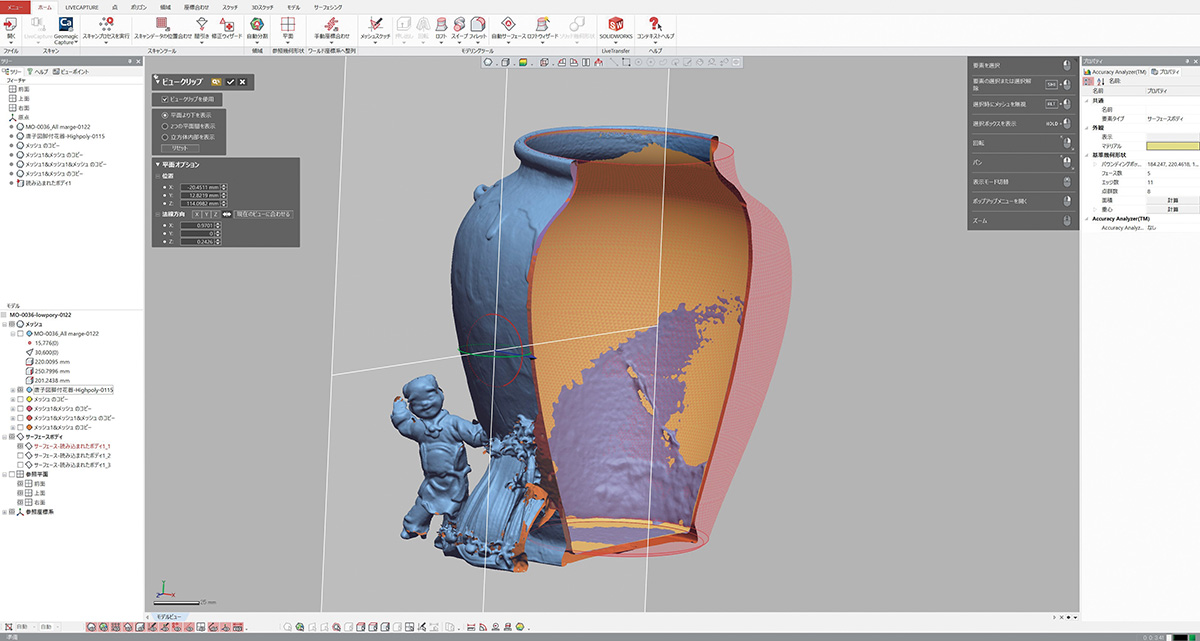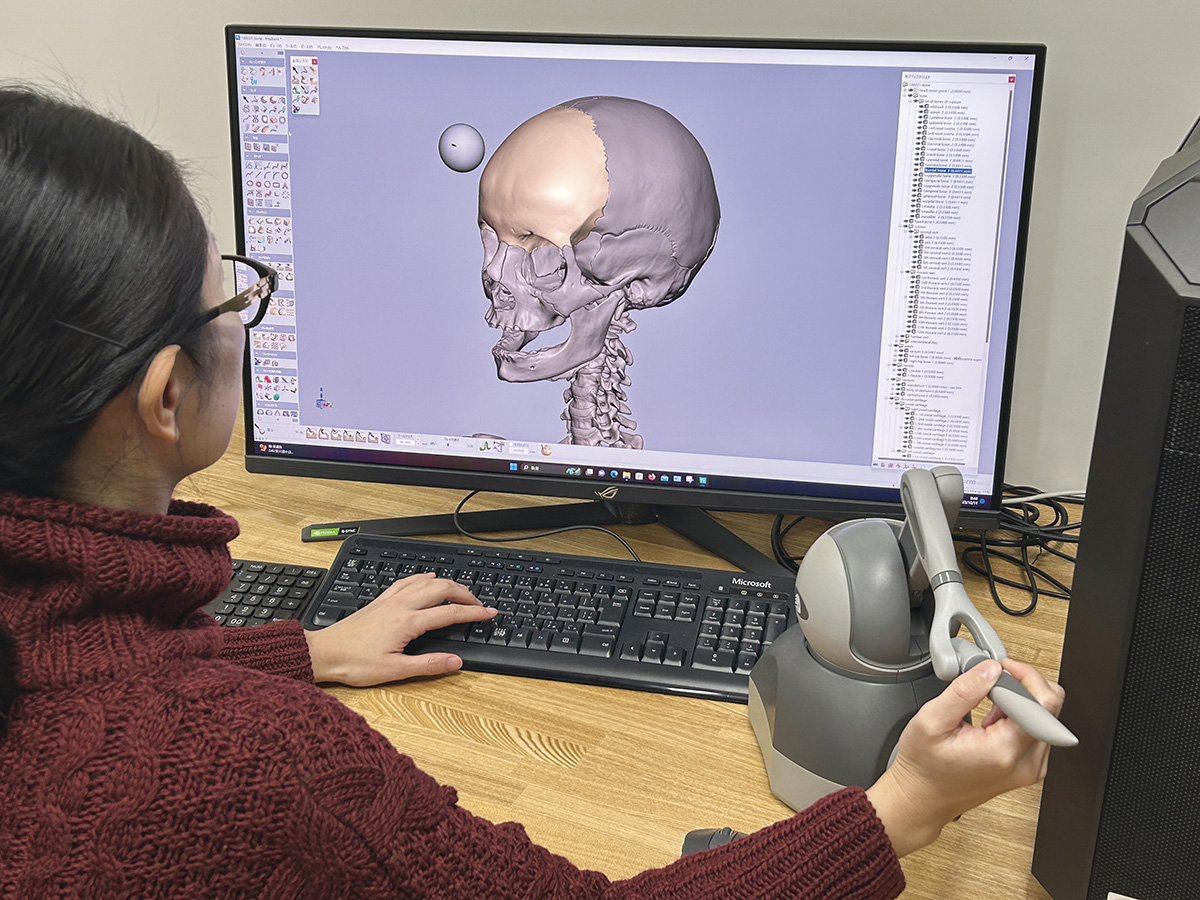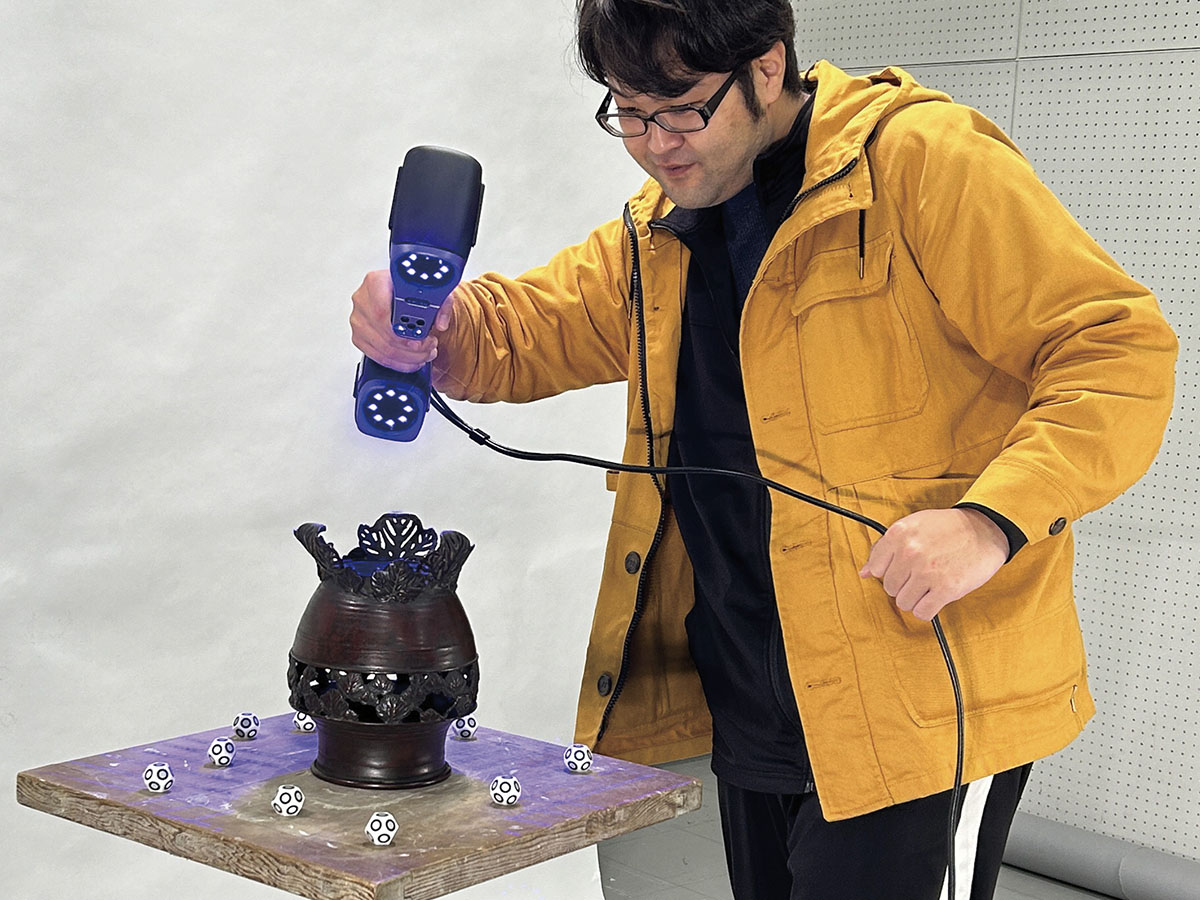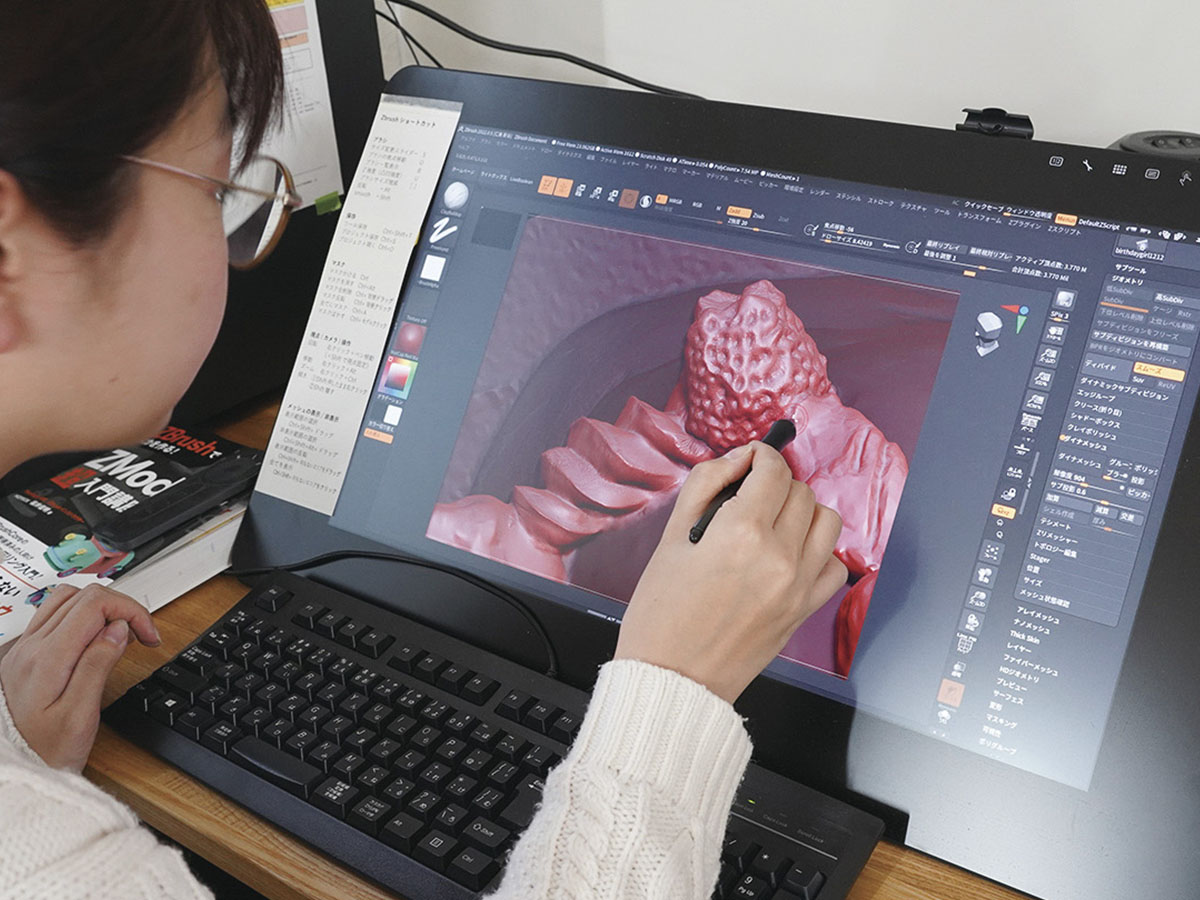GIGEIIN > Digital Fabrication Department


GIGEIIN > Digital Fabrication Department
In recent years, digital innovation has rapidly popularized digital fabrication. Digital fabrication is a method of manufacturing using digital technology with 3D printers and machine tools. The rapid evolution of its utilization has expanded the seamless linkage and use of large amounts of digital data. (including material freedom and prototyping) with remarkable speed and precision.
Since its establishment, GIGEIIN has introduced advanced digital fabrication technology and tested its effective use in the conservation and restoration of cultural properties. Through the practice and development of digital fabrication in the field of art based on
traditional crafts, we are currently addressing challenges centered on four pillars.
①Conserve and restore cultural properties using digital fabrication.
②Promote digital fabrication of cultural assets, etc. (VR experience of digitally archived artworks, digital museum concept.).
③Digital education for artisans and craftsmen
(data conversion of conventional technology and training of highly-advanced 3D modelers.
④Evolution of digital integration in conventional and new industrial domains.

Compilation of 3D Scanning Data of “Vase with paulownia leaf design in the Ogo Collection” in the University's collection
Unlike ordinary digital fabrication, GIGEIIN aims to evolve into a new field of digital modeling by combining advanced digital technology with traditional “Artisan” techniques, and to accelerate the appeal and potential of art by expanding its domain from the past to the future.
The use of digital technology has enabled non-destructive analysis of cultural properties (works of art) and digital modeling-based restoration and conservation of cultural properties, which were infeasible in the past. GIGEIIN is also working on the transmission of “touch and feel” technology and the generation of a database of large cultural properties such as architectural structures by photogrammetry (photogrammetric 3D surveying method).
We are promoting VR/MR development based on digital fabrication. Here, “artworks are exhibited” in a museum within a digital space, thereby transcending conventional physical constraints.
Using advanced digital fabrication equipment and environment at university-level educational institutions, we promote the generation of educational opportunities for developing the next generation of digital human resources who would create and nurture new culture and the future. We are evaluating the feasibility of training the next generation of 3D modelers from both digital and analog perspectives, while practically examining how to develop new modeling expressions.
Researchers affiliated with GIGEIIN are also involved in research with university and national laboratory institutions. Thereby, they generate 3D databases of human anatomy and conduct R&D with companies. Researchers are also active in design development and art production. The evolution of a digital fabrication group in the area of digital modeling occupies an important position at the institute.
Our goal is to 1) accelerate and evolve new manufacturing by combining “technique and skill” in human hands and digital fabrication with tradition at its core and 2) make GIGEIIN a place that connects individuals, technology, and art for the future of the arts.

GIGEIIN utilizes various 3D editing software programs such as Zbrush and Geomagic FreeForm to conduct research on cultural properties and new manufacturing techniques.
Freeform is a 3D modeling system that specializes in precise organic shapes using voxels. It can be sculpted digitally with reaction force on a haptics device.
In the restoration of cultural properties, damaged parts can be unraveled from past documents and reconstructed in 3D. These can then be used for various research purposes. These can then be used for various research purposes.

We perform 3D measurement of artworks and cultural assets, and digital archiving of the high-resolution 3D measurement data via 3D software.
Using a non-contact 3D scanner (Artec LEO) and hybrid 3D scanner
(KSCAN-MAGIC) with an infrared laser and blue laser, data from glossy objects can also be acquired in high resolution.
3D measurement enables the visualization of information that was previously invisible to the eye, and an accurate translation of shapes into digital data.
We are also conducting research on the use of AR from digital archives of university collections to digital museums.

The use of digital modeling allows for shapes that cannot be created by hand or are not limited by gravity, and would be used in educational programs for sculpture, crafts, products, etc.
The educational use of the 3D modeling software Zbrush would be integrated
into the 3D printing process. This would result in the integration of new
modeling technologies in the students’ individual research fields.
Students can also learn reverse engineering using 3D scanners and
3D software.
There are no articles to display.
